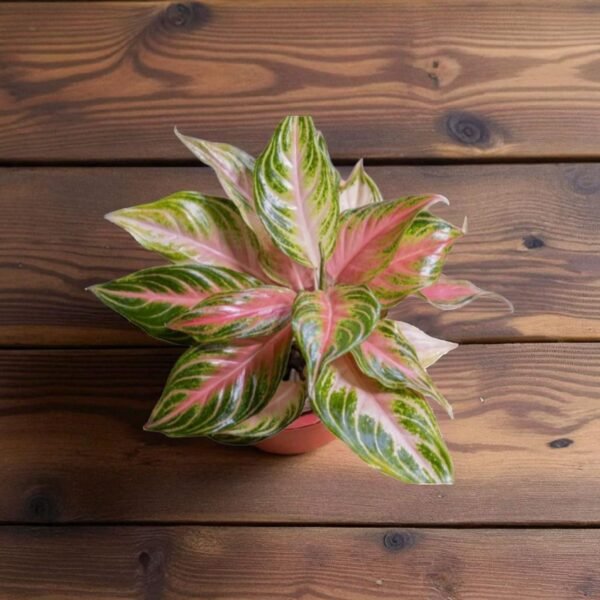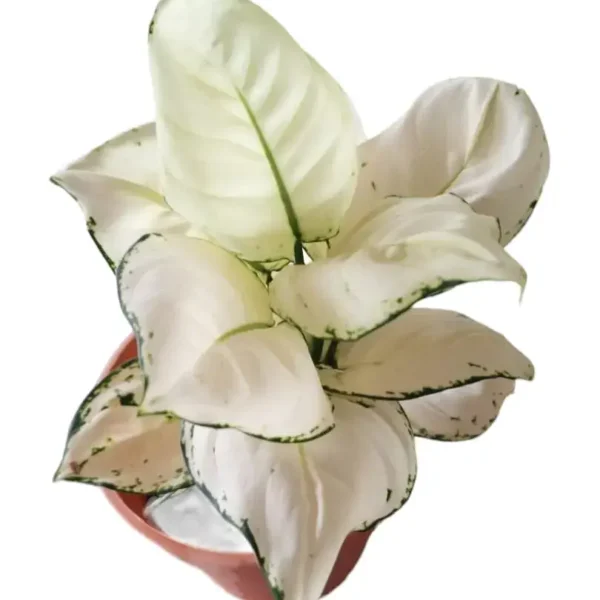Aglaonema
Aglaonema Plants: Transform Your Living Room with Aesthetic Flair
Having a lavish living room is something that sounds appealing at first, but after a while, your mind calls for something peaceful. Once you adapt to this peaceful transformation from a flashy and lavish style, you do not wish to return, as your mind is more relaxed than before.
Plants are something that adds to this aesthetic feature and can enhance your living room into an area with a more peaceful flair. Aglaonema plants are becoming a mandatory addition to achieve such a quality in your living room. However, if you are someone who has heard about them for the first time, you do not have to worry about that anymore.
Here’s a guide with a detailed explanation about Aglaonema plants, from their tip to bottom, covering each aspect. So, let’s get to it.
What is an Aglaonema Plant?
Aside from its botanical term, it is known as ‘Chinese Evergreen’. This tropical plant is known for its adaptable nature and colourful, patterned leaves. This plant will give you new energy and a new view whenever you look at it. In short, you will not find it dull after a couple of days, but refreshing and calm.
It’s an indigenous plant with its roots in Southeast Asia. You can find this plant in different shades and colours. These colours offer a calm reaction, giving a soothing energy. Moreover, this plant is said to be capable of cleansing the air and offers aesthetic beauty, making it a perfect addition to your living room.
Ideal Place for Aglaonema Plants or Chinese Evergreen
It may come as a surprise to you, but aglaonema plants can grow even in low light. This feature allows them to grow inside your boundary walls, as the light is not too much there. However, like every other plant, they also need sunlight as their source of survival. The difference is that if your living room does not have medium to bright indirect sunlight, these plants would still thrive.
Due to this, the ideal position for this plant is north or east-facing windows and a balcony. Though it can grow well under low light, giving it a space with bright indirect light will bring out the colour of its leaves. Ensure the plant is not in direct sunlight, as direct sunlight can burn its leaves, ruining its appearance.
How to Water Your Aglaonema Plants?
Every living species succumbs to dehydration, and water is a supply for all of them. However, not each of them has a literal mouth to drink, so they absorb the water particles inside their structure. Plants are no different to this regard, and since most people have no knowledge about watering a plant, they make a silly and obvious mistake: filling the entire pot with water.
Too much water does not help plants, so here is something you should know while watering aglaonema plants. This plant requires moist soil as it needs consistent watering, but avoid waterlogging the plant. Also, if the soil feels dry for about 1-2 inches from the top, that’s when you need to water it consistently, yet limited. Avoid using the full force as it damages the soil and roots of the plant.
If you look at it season-wise, the aglaonema plant requires water every day in summer as the soil dries too quickly. In winter, you can spare a few days to water it, as the soil can retain moisture, offering sufficient time to the plant for absorption.
Appropriate Soil, Fertilisers, and Pot for Aglaonema Plant
Soil plays a larger part in any plant’s growth, so you must pay attention to this part. For this plant to grow, the soil should have a blend of peat, perlite, and naturally made compost, as it will allow the roots to have a structural balance and store essential elements for absorption.
Moreover, you must take a pot with a hole beneath it to avoid any possibility of waterlogging. For fertilisers, you need to feed the plant during the spring and summer season, but once a month. The necessity for the fertiliser is that it should be soluble in water and have a balance of all ingredients.
[FYI: In the Autumn and Winter seasons, plants have enough stored materials; it is unnecessary to add more fertilisers to the soil. During these seasons, avoid placing them in cold areas for their better health.]
Common Issues with Aglaonema Plants and How to Fix Them
Normally, aglaonema plants do not require much maintenance, but at times, you might have to deal with instances of yellow leaves, brown edges, or an infestation, in worst-case scenarios. But it is not something that should keep you too worried. You can still rescue your plant, but only if you maintain these simple routines.
Therefore, brown tips on leaves indicate low humidity, so you just need to water the plant well, or you can just use a humidity tray for that. Additionally, if you are experiencing pest issues, you need to begin checking the plant for any mealybugs or spider mites. Neem oil or insecticidal soap may be used to treat plant infections.
Final Thoughts
Having a plant inside your living room gives a calm and less stressful surrounding. On top of that, if you have aglaonema plants, you get an air purifier as an add-on. However, you need to know all about them so the plant can remain at its best level throughout its life.
Therefore, this blog provides all the details necessary for you to understand the analogy for this plant. Use this information to keep your ‘Chinese Evergreen’ evergreen.

















































































































































































